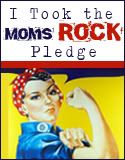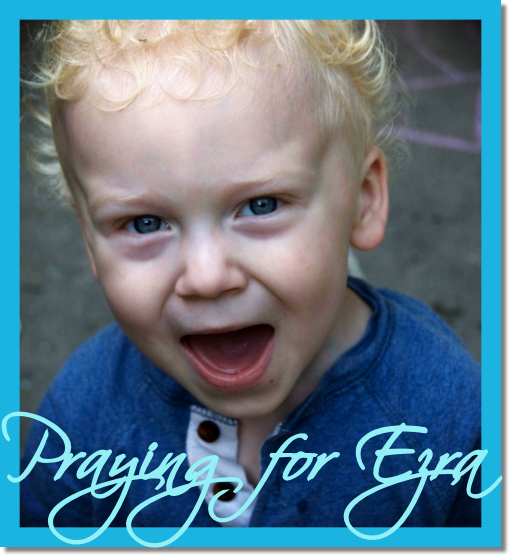Want to improve the nation’s health care? Stay healthy.
No matter how the laws change in Washington, D.C., preventive medicine experts say the single best way to improve the nation’s health is simple: Stay healthy.“Results like these prove again and again that the most powerful tools we have to improve health are prevention,” says Wes Alles, PhD, director of the Stanford Health Improvement program at Stanford University. “Yet we still have trouble convincing people to make those healthy changes.” To craft your own health care reform program, here’s what Alles and other experts say you should do to get the biggest bang for your efforts:
1. Be More Active and Exercise
Exercise offers so many health benefits, it’s nothing short of a magic bullet. Something as simple as a brisk walk for half an hour a day dramatically reduces the risk of heart disease, diabetes, and several forms of cancer, including colon cancer, one of the leading killers.“A lifetime of regular exercise improves brain function, allows people to be active and independent in their later years, and adds years to life,” says Steven Blair, PhD, professor of exercise science at the University of South Carolina, who has helped shape federal exercise guidelines. “That addresses most of the leading chronic health threats we face.”
A 2008 study by researchers at Brigham and Women’s Hospital in Boston showed that regular exercise lowered the risk of dying prematurely by 30%.
2. Maintain a Healthy Weight
Easier said than done, according to findings from a new analysis of data from state health departments.Over the past five years, obesity rates climbed in nearly all states. Indeed, not a single state in the U.S. saw a decline.
Losing weight and keeping it off is difficult. Yet studies show that losing weight just a few pounds if you’re overweight will improve your health. If your weight is normal, work to keep it there by reining in calories and exercising frequently. A healthy diet includes abundant fruits, vegetables, and whole grains. A good diet limits refined sugars and saturated fats. One easy way to shed calories from your diet: drink water instead of sugary beverages. They account for more and more calories in the American diet.
3. Get Screened and Get Your Shots
This year, with flu in the headlines, no one needs to be reminded that flu shots can dramatically reduce the risk of getting this seasonal bug and its potentially life-threatening complications. Yet only 42% of people 50 to 64 get yearly flu shots. Keeping up to date on all recommended vaccinations can prevent many deadly and debilitating illnesses.4. Don’t Smoke: Quitting Saves Lives
A no-brainer. But lung cancer remains the leading cause of cancer death -- and between 80% and 90% of cases are directly caused by smoking, according to the National Cancer Institute.The good news: smoking rates are falling in the U.S. And thanks to a variety of new nicotine replacement therapies -- from patches to nasal sprays -- quitting is easier than ever. One recent analysis of studies found that nicotine replacements can almost double the odds that smokers will successfully quit. New medications to help smokers kick the habit are also available. Talk to your doctor about the best strategies for success.
5. Find Joy From Family and Friends
Enjoying life and maintaining a circle of supportive friends is a big part of good health. Indeed, having friendships may be second only to not smoking for preventing heart attacks. People with extensive social networks, according to research at the Uniformed Services University, are less likely to have calcification in their arteries, a sign of heart disease risk.One way to increase your happiness is to foster cheerful friends. “Happiness turns out to spread through social networks,” says James D. Fowler, PhD, an associate professor of political science at the University of California, San Diego. His research, which tracked the spread of happiness among friends and even friends of friends, found that a person is 15% more likely to be happy if a close contact is happy.

































